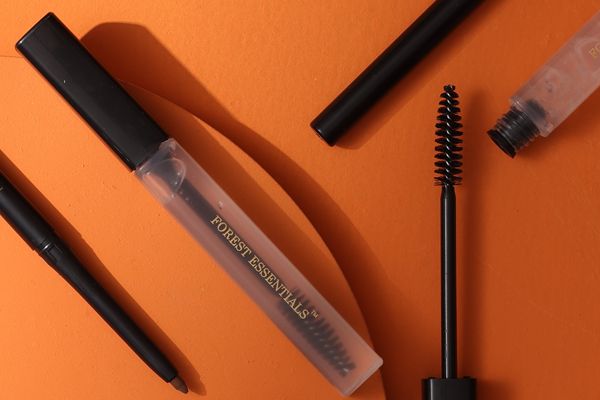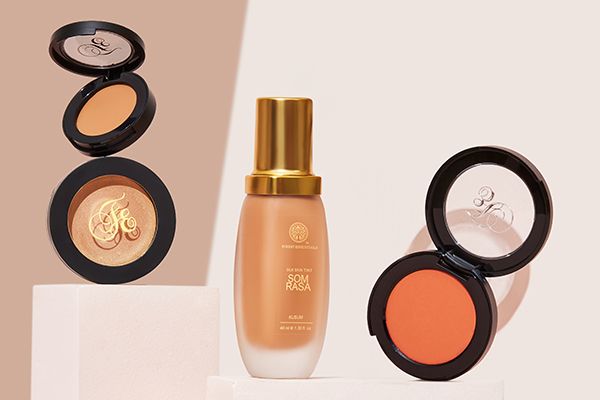Sunscreen is a vital part of your daily skincare routine. It not only protects your skin from harmful UV rays but also prevents premature ageing, sunburn, and long-term damage. However, knowing how to apply sunscreen correctly is just as important as choosing the right product. In this guide, we’ll walk you through the proper steps on how to apply sunscreen on the face and body, ensuring you get the best protection every day.
Why Sunscreen Is Essential

Before diving into the steps, it’s important to understand why sunscreen is a daily necessity. The sun emits two types of harmful rays: UVA and UVB. UVA rays penetrate deeper into the skin, causing premature ageing, wrinkles, and increasing the risk of skin cancer. UVB rays are the main culprits behind sunburn. Even on cloudy days, up to 80% of UV rays can reach your skin, making daily application essential.
One of the best ways to protect your skin year-round is to use a broad-spectrum sunscreen that shields against both UVA and UVB rays. Incorporating sunscreen into your daily routine doesn’t have to be complicated, and once you know how to use sunscreen properly, it becomes second nature.
Common Mistakes When Applying Sunscreen
Even with the best sunscreen, improper application can reduce its effectiveness. Here are some common mistakes to avoid:
1. Not Applying Enough Sunscreen
A common error is using too little sunscreen. For effective protection, you should apply approximately a teaspoon of sunscreen to your face and two tablespoons for your body.
2. Skipping Certain Areas
It’s easy to forget spots like the ears, neck, hairline, and back of the hands. These areas are equally exposed to the sun and need protection too.
3. Not Reapplying
Sunscreen wears off after a few hours, especially when sweating or swimming. To maintain protection, reapply every two hours, or more frequently if you are active outdoors.
4. Applying Sunscreen After Sun Exposure
Sunscreen should be applied at least 15 to 30 minutes before stepping outside to allow it to fully absorb into your skin and provide maximum protection.
5. Relying Solely on Makeup with SPF
While makeup with SPF offers some protection, it’s usually not enough. Always apply a proper layer of sunscreen underneath your makeup for full coverage.
6. Only Using Sunscreen on Sunny Days
UV rays can penetrate through clouds and glass, making sunscreen necessary even on overcast days or indoors near windows. Make it a habit to apply sunscreen every day, regardless of the weather.
The Right Way to Apply Sunscreen

Step 1: Choose the Right Sunscreen
The first step is choosing a product that suits your skin type and offers broad-spectrum protection against UVA and UVB rays with an SPF of at least 30 for daily use, and even higher if you’ll be outdoors for extended periods.
For everyday protection, the Forest Essentials’ Sun Fluid Tender Coconut Water With Turmeric & Basil Leaf SPF 50 PA++ is an excellent choice. This ultra-light, non-greasy sunscreen is enriched with tender Coconut Water, fresh Basil leaves, and cooling Aloe Vera. It offers high SPF 50 protection, shielding your skin from both UVA and UVB rays while preventing premature ageing and environmental damage. The addition of Ayurvedic Yashada Bhasma intensifies its protective qualities, making it one of the best sunscreens for everyday use.
Step 2: Apply Sunscreen Before Sun Exposure
Once you have your sunscreen, it’s important to know when to apply sunscreen. Sunscreen should always be applied 15 to 30 minutes before stepping outside. This gives your skin enough time to absorb the product and build a protective barrier. Waiting until you’re outdoors to apply it can leave your skin exposed and vulnerable to damage.
If you’re wearing makeup, sunscreen should be the final step in your skincare routine before applying any cosmetics. Some sunscreens double as a primer, giving you a smooth base while protecting your skin.
Step 3: Start with a Clean Face
Properly preparing your skin is another key factor in how to apply sunscreen on the face. Always begin with clean, dry skin. Wash your face using a gentle cleanser, pat it dry, and apply your regular skin care products, such as serums and moisturisers. Make sure your skin is completely dry before applying sunscreen, as moisture can dilute the product and reduce its effectiveness.

Step 4: Use the Right Amount
A common mistake many people make is not using enough sunscreen. To get the full SPF protection, you need to apply a generous amount. So, how much is enough? For your face and neck, you should apply approximately a teaspoon of sunscreen. For your entire body, about two tablespoons (or a shot glass full) is recommended. If you’re using a spray sunscreen, make sure you’re applying an even, thick layer and rub it in for full coverage.
Remember, if you’re not using enough, you’re not getting the full SPF indicated on the bottle. Don’t be afraid to use a bit more, especially if you’ll be in the sun for extended periods.
Step 5: Apply Evenly
When considering how to use sunscreen for maximum protection, even application is crucial. For your face, start by applying small dots of sunscreen on key areas such as your forehead, nose, cheeks, and chin. Then gently spread it out using your fingertips, making sure to cover all areas, including your ears and the back of your neck. These are often forgotten but are highly exposed to the sun.
When applying sunscreen to your body, pay extra attention to often-missed areas like the tops of your feet, the backs of your hands, and the sides of your neck. Sunscreen should be applied liberally to all exposed skin.
Step 6: Reapply Regularly
Even with the best sunscreen for everyday use, reapplying throughout the day is essential for continuous protection. Sunscreen wears off due to sweat, swimming, or simply from being outside for long periods. A general rule is to reapply sunscreen every two hours, especially if you’re outdoors. If you’re swimming or sweating heavily, you should reapply even more frequently—immediately after toweling off, for instance.
If you wear makeup, there are options like SPF sprays or powder sunscreens that make it easy to reapply without disrupting your makeup.
Step 7: Don’t Skip Cloudy Days
UV rays can penetrate clouds and even glass, meaning that sun damage can occur whether you’re outdoors on a cloudy day or sitting by a window indoors. This is why applying sunscreen every day is crucial, regardless of the weather or your plans. If you’re staying indoors, it’s still important to apply sunscreen to any skin that may be exposed to indirect sunlight.
The Forest Essentials’ Sun Fluid is ideal for daily use due to its lightweight feel, making it easy to wear indoors without feeling greasy or heavy on the skin.
Step 8: Apply Sunscreen on All Exposed Areas
While the focus is often on the face, it’s important to remember that all exposed areas of skin need protection. This includes your arms, legs, and chest if they’re uncovered. Sunscreen helps protect these areas from harmful rays that cause premature ageing and sunburn.
When applying sunscreen, make sure to cover often-forgotten areas such as your hands, feet, ears, and even your scalp if it’s exposed. These areas are just as susceptible to sun damage.
Conclusion

Knowing how to use sunscreen effectively can make all the difference in protecting your skin from the sun’s harmful effects. Whether it’s remembering when to apply sunscreen or ensuring you reapply regularly, following these steps will help you maintain healthy, youthful skin.
FAQs
How to properly use sunscreen?
Apply a generous amount to all exposed skin, including face, neck, and body, 15-30 minutes before sun exposure. Reapply every two hours and after swimming or sweating.
How early can you apply sunscreen?
Apply sunscreen 15-30 minutes before going outside to allow it to absorb and provide optimal protection.
How many times a day should I apply sunscreen?
Reapply sunscreen every two hours, and more frequently if swimming or sweating. Apply at least once in the morning if you’re staying indoors.
Can sunscreen apply at night?
Sunscreen is not necessary at night as UV rays are not present. Use a moisturiser or night cream instead.
Can I use sunscreen at home?
Yes, you should use sunscreen at home if you’re exposed to natural light through windows or if you spend long hours indoors near windows.
References
https://www.elle.com/beauty/makeup-skin-care/news/a28431/how-to-put-on-sunscreen
https://www.allure.com/story/sunscreen-tips-from-dermatologists







































